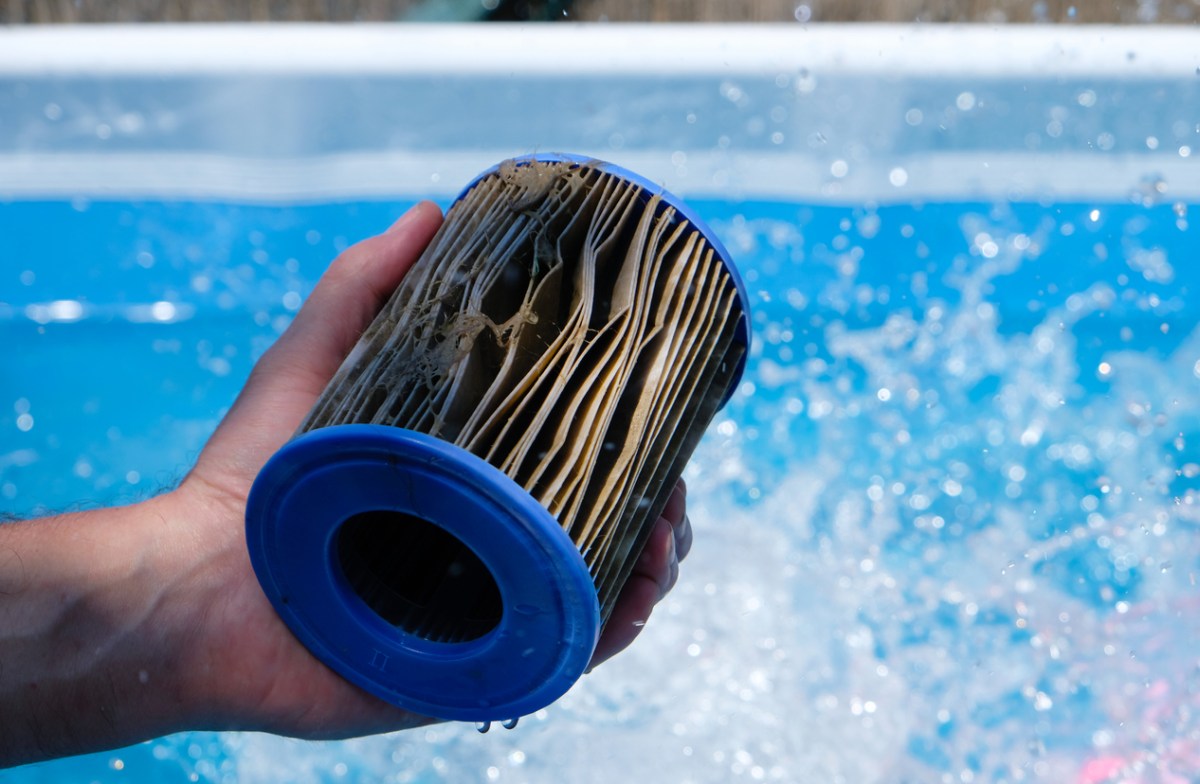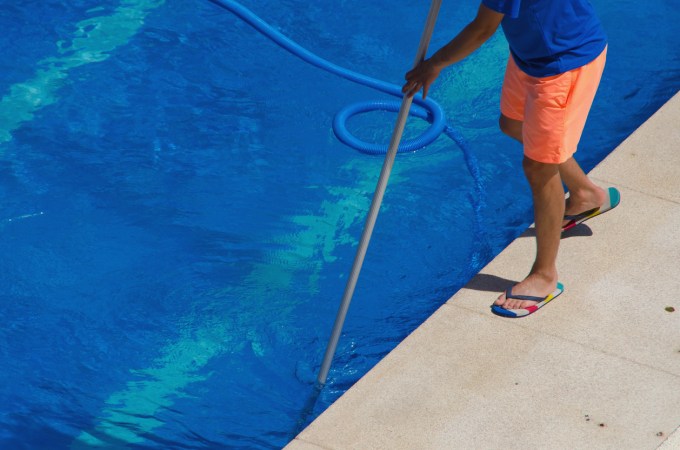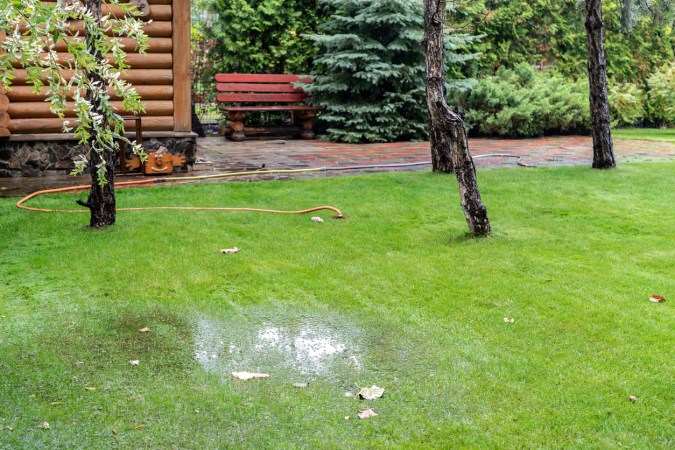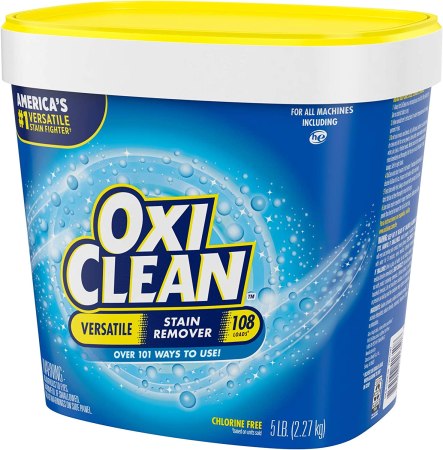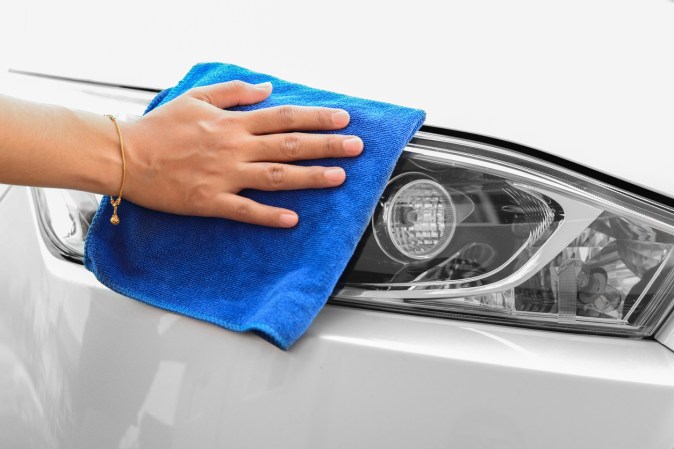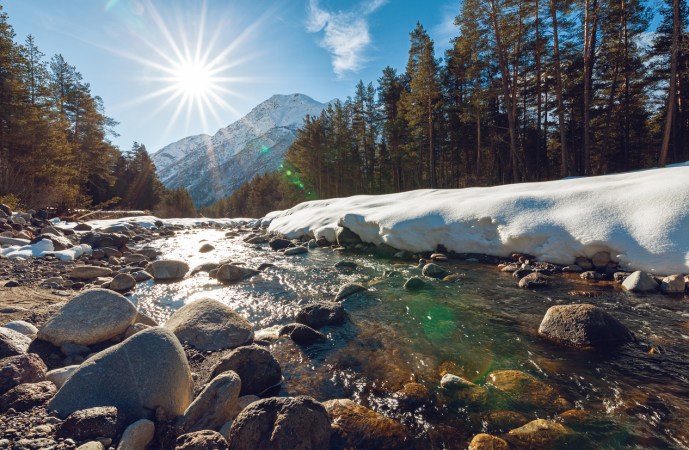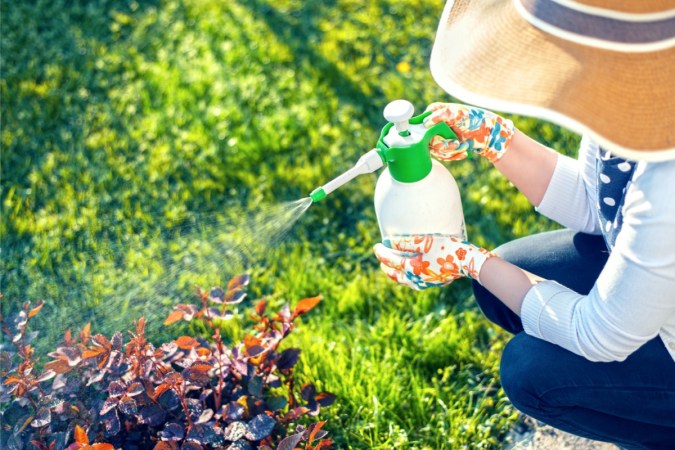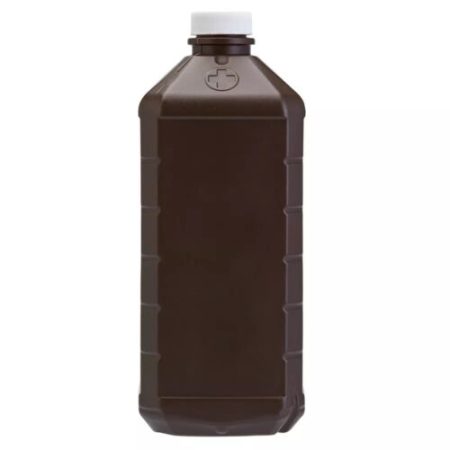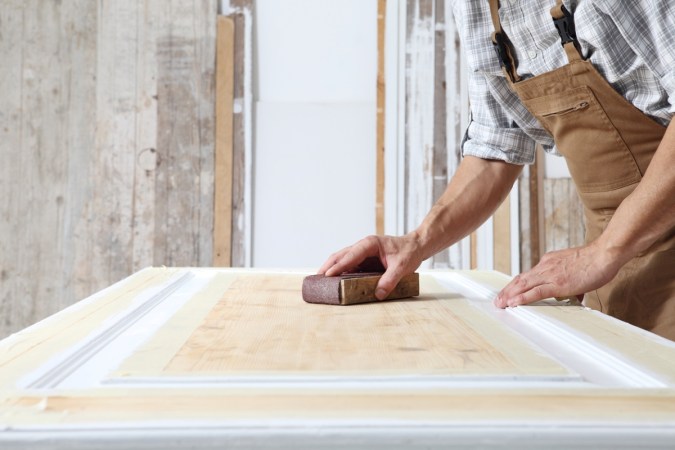We may earn revenue from the products available on this page and participate in affiliate programs. Learn More ›
True to its name, a pool filter catches and removes dirt, oils, and other debris out of the pool water. However, these contaminants gradually build up in pool filters, reducing their effectiveness if left uncleaned. Failing to clean a pool filter for extended periods can lead to algae growth and cloudy pool water, and some pool filtration systems can even be permanently damaged as a result of running with a partially blocked filter.
For those reasons, it’s imperative to clean pool filter cartridges, sand filters, and DE filters regularly. Armed with the knowledge of how to clean a pool filter, though, you’ll have no troubles with properly maintaining your pool throughout the swimming season.
Types of Pool Filters
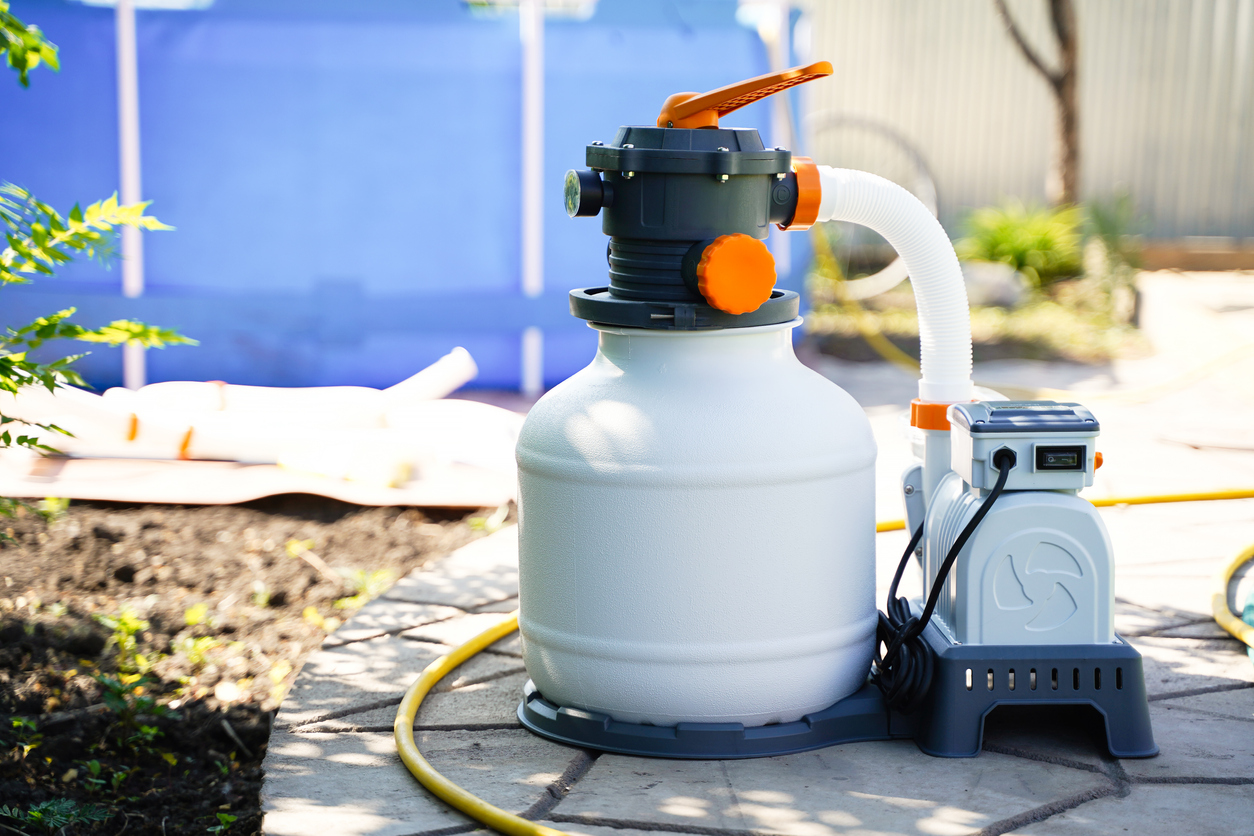
Before delving into how to clean a pool filter, first identify which type of pool filter your pool uses. There are three main types of pool filters: cartridge filters, sand filters, and DE filters.
1. Cartridge Filter
Cartridge filters are generally used in smaller above-ground pools. This type of pool filter is designed to be removed, allowing built-up debris to be easily rinsed away and, for a more thorough cleaning, the filter to be soaked overnight. These can be cleaned with store-bought pool cartridge filter cleaners or DIY household cleaners, like a vinegar or dish soap solution.
2. Sand Filter
Sand filters are the most common option for a residential inground pool. When pool water is forced through the sand (which is contained in a potbelly-shaped tank), dirt, oils, and other contaminants become stuck between the fine sand particles. You can use retail pool filter cleaners to help break down minerals and oils trapped in the sand filter for a thorough cleaning.
3. DE Filter
Learning how to clean a DE pool filter is relatively straightforward, though slightly more complex than the process for how to clean a sand pool filter. Diatomaceous earth (DE) filters typically have a cylindrical shape with a stainless steel body. Instead of sand, DE filters use diatomaceous earth as a fine filtration medium for trapping pool contaminants. However, to keep this filter functioning properly, it’s necessary to regularly top-up the DE powder.
RELATED: Solved! What to Do About Cloudy Pool Water
How to Clean Pool Filter Cartridges
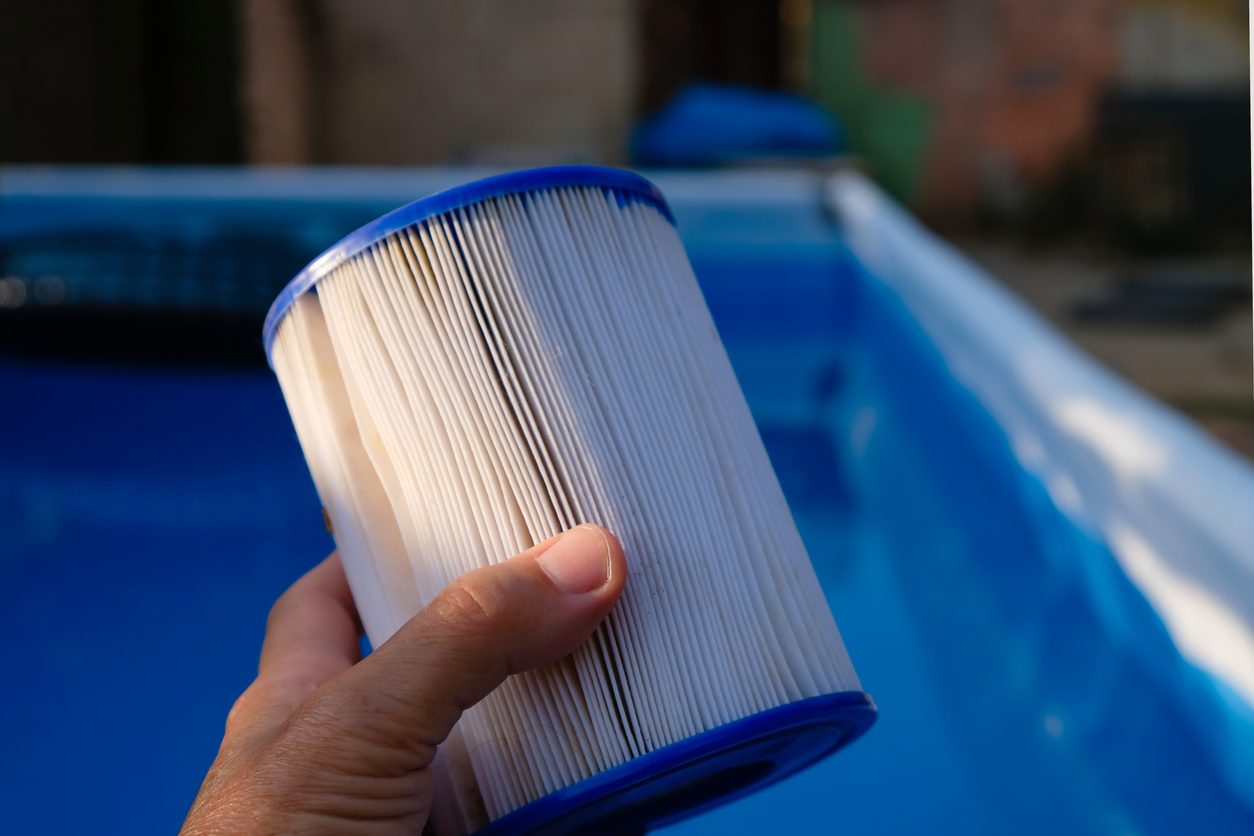
If your pool’s filtration system has a cartridge filter, then follow these steps on how to clean a pool filter cartridge to keep the water clean and clear.
SUPPLIES
– Garden hose
– Pool filter cleaner
– Bucket
STEP 1: Turn off the pump and depressurize the filter tank.
When cleaning a pool filter cartridge, first turn off the pool pump. If the pump runs on a timer, unplug the pump so it stays off until the job is complete. Next, depressurize the filter tank by turning the air relief valve on top of the filter to gradually remove excess air from the system.
STEP 2: Remove the filter and inspect it.
The filter cartridge will be secured with clamps or a similar latching mechanism. Check the outside of the pool filter to find these clamps, then unlatch the clamps to open the filter. If you are not sure how to open the filter, check the owner’s manual for product-specific directions. After opening the filter, remove the top and carefully take out the cartridge.
While cleaning can extend the life of the filter, there will still come a time when the cartridge needs replacement. Take this opportunity to inspect the cartridge for any cracks, tears, or significant signs of wear that could indicate that it’s time to install a new filter cartridge.
STEP 3: Clean the cartridge filter.
If the filter is just lightly soiled, you can use a garden hose with a spray nozzle to rinse away any collected debris. If the filter is significantly dirty, then the best way to clean the cartridge is with a pool filter cleaning solution.
You can apply the cleaning solution directly to the filter according to the manufacturer’s directions for a quick scrub, or mix the filter cleaning solution with water and soak the filter overnight in a large bucket to remove stuck-on dirt, grime, and other contaminants. You can also mix water with vinegar or dish soap to make a simple cleaning solution. Note that it is not recommended to clean a pool filter cartridge with chlorine or bleach, as doing so can accelerate the filter’s deterioration.
STEP 4: Reinstall the cartridge filter.
Rinse the cartridge to remove any cleaning solution or loose debris, then return the cartridge to the filter housing. Put the filter top back on and close the clamps to secure the filter. Open the air relief valve and turn the pump back on. Keep the air relief valve open until you see a steady stream of water spraying from it, then close the valve. Complete this job by checking the pressure gauge to ensure that the pool is now operating within the normal filter pressure range.
RELATED: 7 Important Things to Know About Above-Ground Pool Maintenance
How to Clean Sand and DE Pool Filters
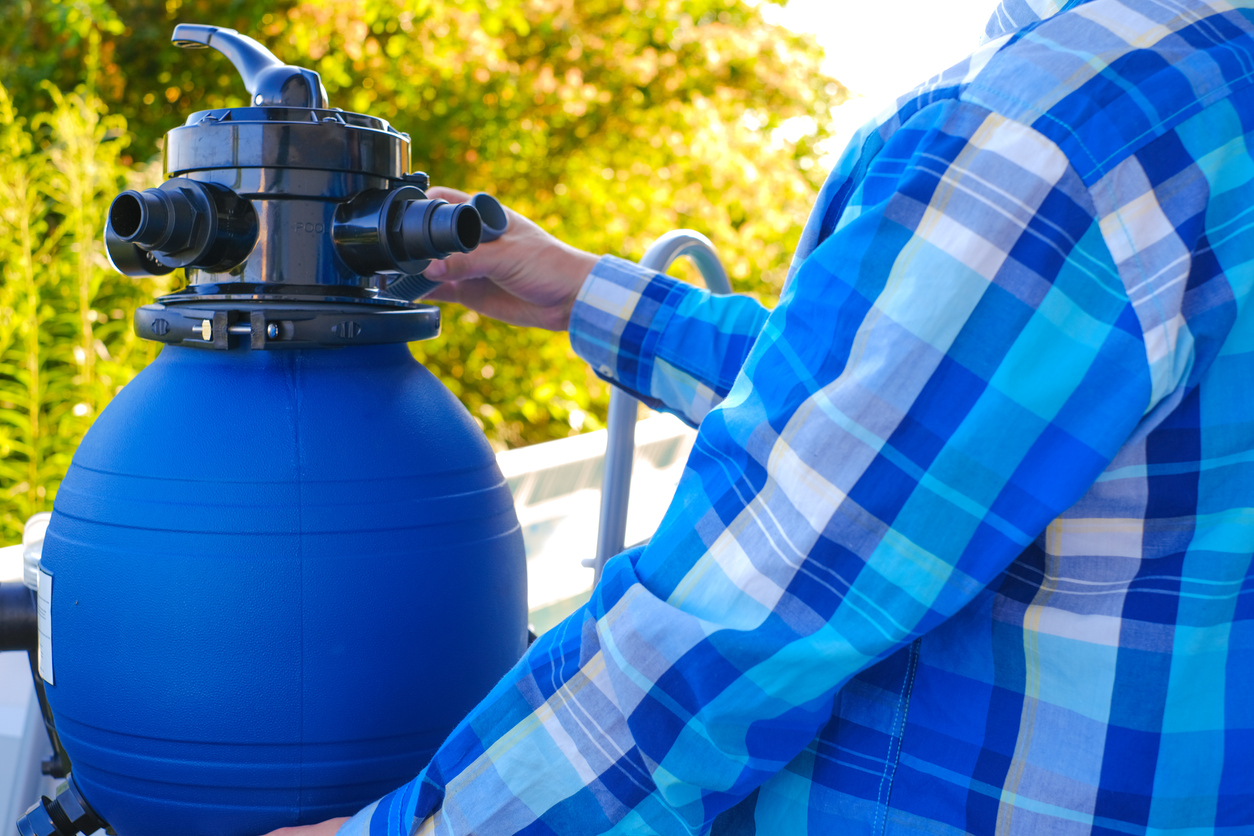
As with cartridge filters, pool filter cleaning is essential to keep most inground pools’ filtration systems functioning. Follow these steps to clean a sand or DE pool filter properly.
SUPPLIES
– Backwash hose
– Pool filter cleaner
– Bucket
– Garden hose
– DE powder
STEP 1: Backwash the filtration system.
Sand and DE filtration systems have a backwash feature that makes it easy to clean the filter. Check the top of the multi-port valve to find the “backwash” setting. (This port should also have “rinse” and “filter” settings.) Turn the pump off, then move the handle on the multi-port valve to the “backwash” setting.
Connect the backwash hose and run it to a safe drainage location. The backwashing process forces water through the filter in order to remove contaminants from the filtration system. With the multi-port on the “backwash” setting, turn the pump back on and allow it to run for about 1 to 2 minutes, or until the water coming out of the backwash hose runs clear. When the water is clear, turn off the pump.
STEP 2: Clean the filter.
Backwashing the system is usually good enough for a basic cleaning, but it may not be enough for overly dirty filtration systems. For a more thorough cleaning of a sand filter, remove the strainer lid on the pump, and pour a sand filter cleaning solution into the strainer basket. Turn the pump on for about 15 to 30 seconds, allowing the cleaning solution to transfer from the pump into the filter, then turn the pump off and leave it to soak overnight.
If you have a DE filter, then remove the clamps or other latching mechanisms to open the filter. Take out the filter manifold and all grids or fingers. Place these pieces of the filter in a bucket with a diluted cleaning solution, then let the DE filter components soak overnight to remove built-up dirt, oils, and grime.
STEP 3: Rinse away cleaning solution and debris.
After cleaning the pool filter, it’s important to rinse the cleaning solution before resuming regular function. For a sand filter, simply set the multi-port valve to “rinse,” then turn the pump back on and allow the system to rinse the tank for about a minute. Turn the pump off and set the multi-port valve to “backwash” before turning the pump back on to backwash the system for about 1 to 2 minutes. Turn the pump off after backwashing is complete.
Use a garden hose equipped with a spray nozzle to rinse the components of a DE filter before putting them back. You can take it a step further by setting the multi-port to “rinse” and then turning the pump on to rinse the existing DE filtration medium. After rinsing, turn the pump off and set the multi-port to “backwash,” turn the pump on, and let the system backwash for 1 to 2 minutes before turning the pump off again.
STEP 4: Add DE powder (optional).
The sand in a sand filter only needs to be replaced about once every three to five years, but if you have a DE filter, then it’s necessary to keep the DE powder topped up. After cleaning the filter, add diatomaceous earth powder by pouring it into the skimmer. The powder dissolves in the pipe on the way to the filter, where it coats the filtration grids and adds an extra layer of filtration to the system. Follow the directions provided by the manufacturer to determine how much DE powder to add.
RELATED: Solved! Why Is My Pool Green?
How Often to Replace Pool Filters
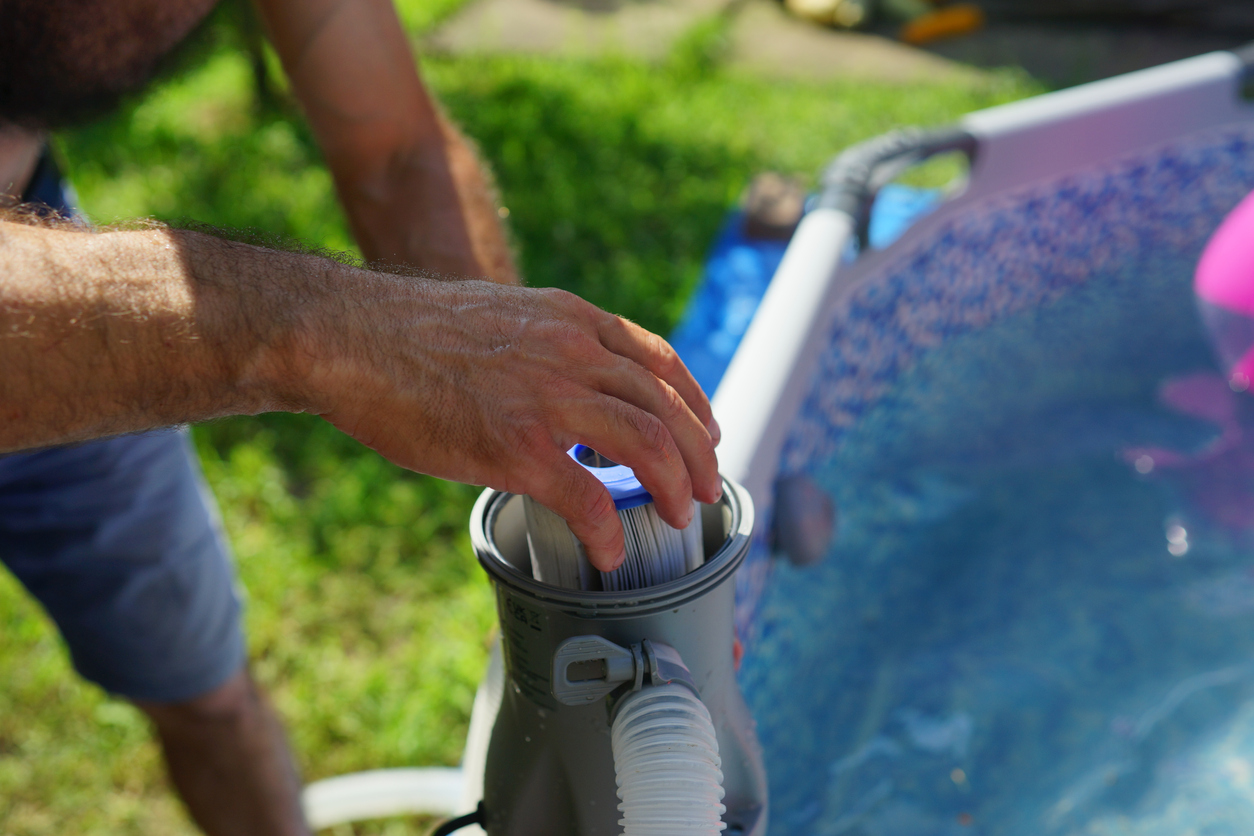
Even if you keep up to date with all necessary maintenance, the pool filter will need to be replaced at some point. The frequency with which the pool filter needs to be replaced varies depending on the type of filter. Pool owners that use cartridge filters will need to replace the cartridge filter about once every two to three years. When it comes to sand and DE filters, the pool owner only needs to replace the filtration medium.
Pool filter sand should generally be drained and fully replaced about once every three to five years, while DE filters should be topped up with DE powder every time the filter is cleaned. If the cartridge or filtration medium are not replaced, it can lead to a loss of filtration efficiency, regardless of the type of filtration system.

